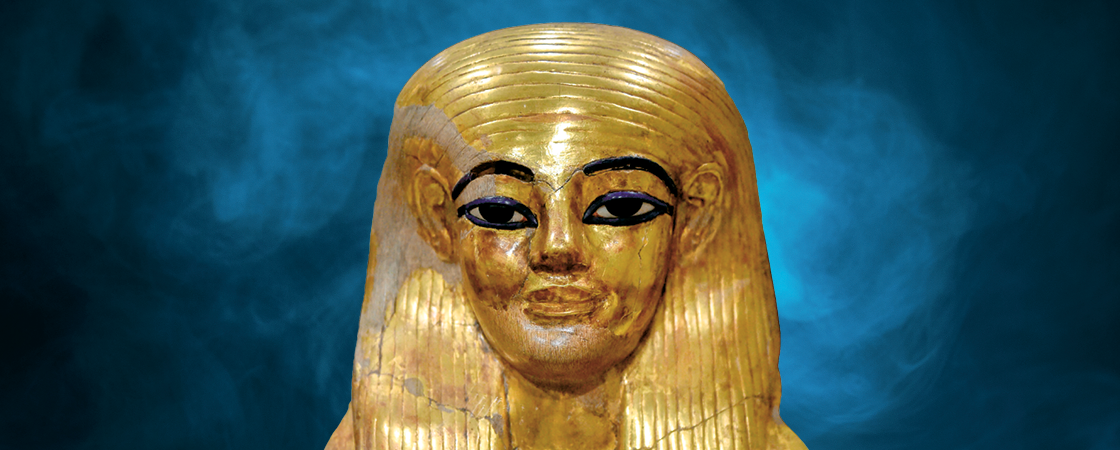Thousands of years ago, a man named Nes-Min lived on the banks of Egypt’s Nile River. As a priest, he spent his days tending to statues of the gods at a temple. Then, when he was in his 40s, he passed away, perhaps as the result of an infected tooth.
Nes-Min’s body was carefully preserved and wrapped in strips of linen. His family decorated his coffin with symbols that represented his life. At his funeral, it’s likely that priests performed a ritual called the Opening of the Mouth, which they believed would allow Nes-Min to eat, drink, and speak in the afterlife. His body was then sealed into a tomb, where it was meant to remain forever.
But that’s not how things turned out for Nes-Min.
Since 2010, his mummy has been traveling the United States as part of an exhibition called “Mummies of the World.” Every day, museum visitors peer at Nes-Min’s wrapped body, which now lies not inside a dark tomb but inside a glass case. The linen wrapping has torn over time; a few teeth poke through the cloth on his face. Some visitors are fascinated. Others are disturbed.
For more than a century, mummy exhibits have helped teach people about ancient Egypt. But recently, many museums have started asking whether mummies are too sacred to put on display. After all, those shrouded bodies were once living people with families and friends, just like us. So does that mean museums should stop exhibiting mummies?

